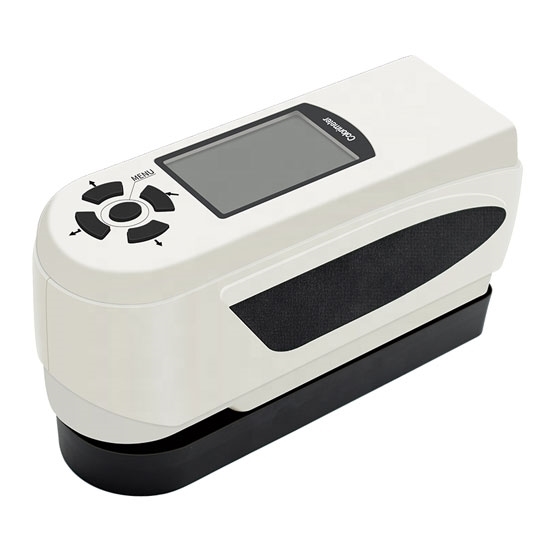How to Calibrate Wavelength with a Colorimeter?
Colorimeters are commonly used analytical instruments in laboratories and laboratories at all levels. It is the most popular among analysts of all levels due to its simplicity of operation, ease of use, wide range of use, and high accuracy and precision.

The wavelength needs to be corrected, but during use, the shape and movement of the speaker can cause the speaker to produce different wavelengths due to various factors. Newly purchased instruments generally need to be calibrated once.
However, most operators ignore this common sense and even discard anchor filters and never perform wavelength calibration of the instrument. In this way, for an instrument with a large wavelength difference, the improvement of sensitivity and precision may be greatly affected, and the reliability of the result will be reduced.
There are many methods for correcting the wavelength. In this article, we will introduce two methods.
Calibration with standard substance of filter liquid:
The main key technical indicators of the instrument such as wavelength accuracy, wavelength repeatability, light absorption accuracy, stray light, etc. can be listed as calibration items. For calibration of wavelength accuracy and wavelength repeatability, existing standard materials for iron oxide wavelength solutions can be used. The standard solution has more than 10 clear and distinct absorption peaks in the wavelength range of 240-650 nm. The accuracy of absorbance can be determined by using a certain concentration of potassium dichromate perchloric acid solution or potassium dichromate sulfuric acid solution, and using a high-precision UV-Vis photometer to measure the value at 235 nm. Absorbance values were measured at 257 nm, 313 nm, 350 nm.
Second, pay attention to the match between the ambient temperature during calibration and the temperature during setpoint. The transmittance and absorbance of the instrument were detected at 220 nm and 340 nm with sodium iodide solution and 50 g/L sodium nitrite solution, respectively. The above calibration methods and items are based on the measurement principle of the caliber 4 mm pocket colorimeter for lab in ATO shop. Combined with the technical parameters, the user can comprehensively evaluate the calibrated instrument according to the calibration results.
Calibration was performed with concentration standard substance:
The method is based on the direct determination of nucleic acid and protein content by a portable colorimeter, and the difference between the measured value of the standard substance and the market value is determined by using a DNA standard substance or a protein standard substance as an indicator of the instrument. Numerical error is used to evaluate the metrological characteristics of the instrument. This type of instrument is preset with a fixed-point wavelength test function, and the relationship between the absorbance value and the concentration value is preset.
In order to judge the purity of nucleic acid or protein, some contaminants, such as carbohydrates, phenols, polypeptides, etc, are added to the sample. Calibrating such instruments with concentration standards also incorporates measurement repeatability and instrument linearity into the calibration. Of course, evaluating the linearity of an instrument requires the use of a series of standard solutions of varying concentrations.
Based on the above analysis, the first calibration method can be calibrated on a slightly refined basis, which is relatively easy to use for the majority of metrology workers, and the reference materials are cheap and easy to obtain. Although the latter calibration method can give measurement characteristics such as indication error, linearity, etc. of the measurement results of the pocket colorimeter. However, the stability, economy, and availability of DNA or RNA references and protein paper references also need to be considered in the actual calibration. The requirements for storage conditions should not be too high, especially for some DNA content references. It is convenient for measurement personnel to perform on-site calibration.

